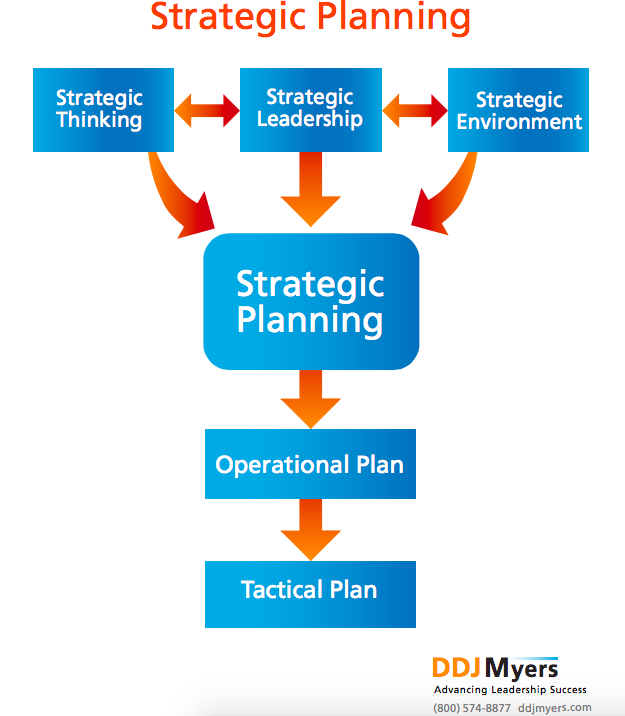The strategic planning cycle is in full swing this fall, which has me thinking about what makes strategic planning successful and what is missing when the process and outcome feel less than inspiring. Bear with me while I share some theoretical-practical perspectives.
My intention is to create space in the strategic planning domain for strategic thinking and strategic leadership, which are two of four critical components for an inspiring process that creates sustainable value.
Strategic Leadership
Strategic leadership can be difficult to describe because it is highly complex and complicated. A successful strategic leader utilizes microscopic perceptions to transfer to or create macroscopic expectations. These perceptions and expectations require exploration and assessment of the current and future environments and the nature and force of these environments as well as knowledge of the required competencies for success.
Beyond the competencies, and often the most elusive, is ensuring all those responsible for the strategic success have the same commitment with the same degree of relevant focus and energy. Participants can say they are on board with the new strategic organization paradigm yet have difficulty shifting away from being highly tactical or operational.
Strategic Planning
A function of strategic leadership is to create a plan of action to fulfill regarding a quintessential advantage, risk, or challenge to an individual, team, board, or organization. To do so requires in-depth, long-range planning, the most profound and complex decisions, and leaders with the highest conceptual ability to manipulate microperceptions with a macroscopic vision with quality, desired expectations, which may or may not be obvious at the start of the process.
Strategic Thinking: The Most Difficult Part of Strategic Planning
Connecting the means to an end (vision) is the strategic plan. The level of strategic thinking required for a successful strategic plan is complex. The thinking, in a group or team, includes characteristics of uncertainty, ambiguity, complexity, and even volatility in data and knowledge amid the diversity of personalities, desires, and even personal agendas. Staying in the game, sorting out relevant data and knowledge, and listening to and acknowledging diverse perspectives are attributes of strategic thinking.
Strategic Environment
The strategic environment is everywhere in and around the organization. Internally, it is the culture, climate, project management, leadership styles, and identity of those in roles of strategic, operational, and tactical leadership. The internal strategic environment includes understanding internal processes, competencies, and people to effectively deploy resources to leverage competitive value. Externally, it is the organization’s reputation, political state, economic and world markets, competitive forces, and more. It is how the external environment perceives and responds to the organization’s competitive value, its leaders, and its products and services. The external environment is both current and future—today and all possibilities for tomorrow.
Tactical and Operational Leadership
Let’s put tactical and operational leadership into perspective.
Tactical Leadership addresses with the here and now, with short-term decisions and risk management for immediate gains, and is highly transactional in nature.
Operational Leadership is about building the structures and systems that allow the strategic leader’s vision and objectives to become realities. The operational leader inspires the transactional leaders to be engaged and high performing and creates the systems to support the values of the organization and encourage a culture with value related congruent behavior patterns.
Moving Forward
Strategic planning requires strategic thinking and strategic leadership. The best strategic plan requires exemplary strategic leadership. How are strategic leaders noticed in the strategic planning and thinking process?
They are intentional, bigger-picture leaders who deal in the theoretical, visionary, hypothetical, and strategies.
They have a solid vision of the future and how the organization will work in the future.
They set the vision and direction for the organization, utilizing corporate-level strategy, competitive edge and relevant strategy, positioning, and offensive and defensive maneuvers.
The Big Question
Who are the strategic leaders in your organization, and are they fully leveraged in the strategic thinking process “to create a dynamic strategic plan for the organization’s success regarding its quintessential advantage, risk, or challenge? If the answer to this question is anything other than a resounding YES, then include the development of such compelling leaders as a strategic initiative.









